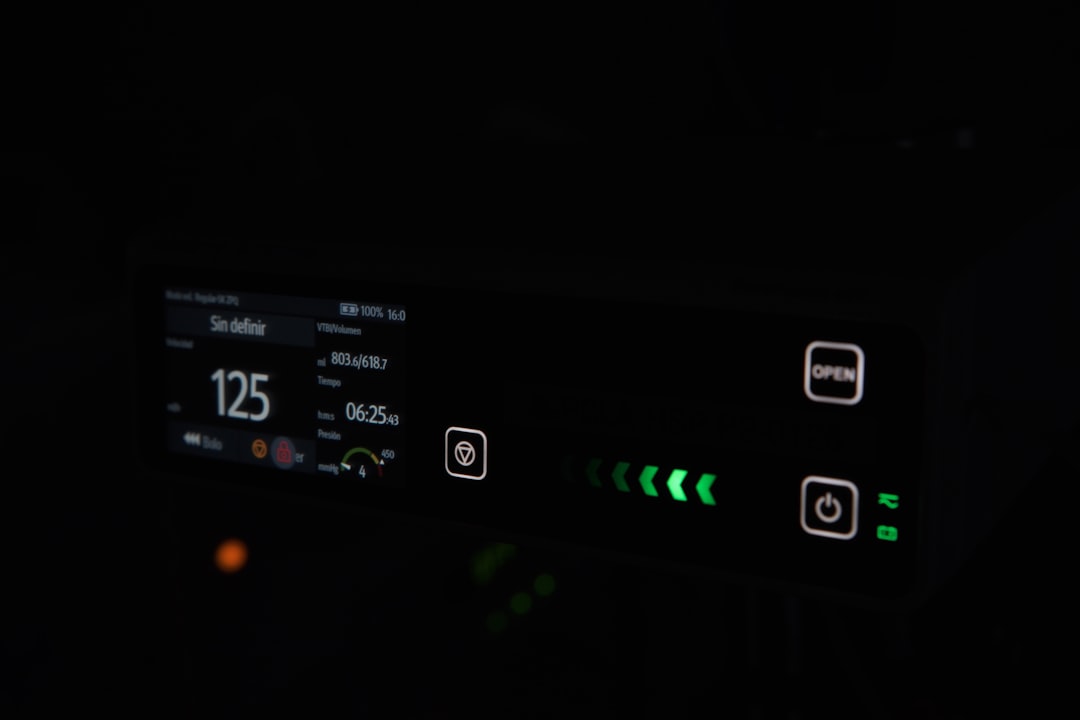When building and maintaining a successful WordPress website, factors such as design, SEO, plugins, and hosting often come to mind. However, a critical yet often overlooked component is the proper setup of nameservers. Nameservers act as the middlemen between your domain name and the server that hosts your website. When these are not configured correctly, the consequences can range from poor performance to significant security vulnerabilities.
Contents of Post
What Are Nameservers?
Nameservers are part of the Domain Name System (DNS), which functions as the internet’s address book. When someone types in a domain name like www.example.com, nameservers are responsible for translating that human-friendly domain into an IP address — the actual address where the website resides on the internet.
Most commonly, nameservers are provided by your domain registrar or your web hosting provider. If you’re using WordPress, either through WordPress.com or a self-hosted solution, you’ll need to ensure your nameservers direct visitors to the correct hosting infrastructure.
Why Nameserver Configuration Matters for WordPress Sites
Setting up nameservers correctly is not just about successfully pointing a domain to a hosting account. It directly impacts both the performance and security of your WordPress website. Here’s why:
1. Website Uptime and Accessibility
If nameservers are incorrectly configured, your website may not load at all, or it could intermittently go offline. This leads to a poor user experience, lost traffic, and potential revenue loss. Additionally, search engines might penalize sites that are frequently unavailable, affecting your SEO rankings.
2. Fast DNS Resolution for Better Speed
DNS resolution time is one of the first steps in loading a website. Poorly configured or slow nameservers can delay this process, contributing to longer site load times. With today’s users expecting rapid-loading websites, even a slight delay can increase bounce rates.
Using fast and reliable DNS providers or services like Cloudflare or Google DNS can shave valuable milliseconds off page load times.
3. Improved Security Against Cyber Threats
DNS-based attacks such as DNS spoofing, cache poisoning, and denial-of-service attacks can compromise your website. A correctly configured and secure nameserver, often combined with DNSSEC and other technologies, helps protect against such threats.
Furthermore, managing your DNS externally from your web host can add an extra layer of security, reducing the risk of total website outages during attacks or server failures.

The Relationship Between Nameservers and WordPress Hosting
The choice of nameservers can also influence how well your WordPress website performs based on where and how it’s hosted. Some premium WordPress hosting providers offer proprietary DNS infrastructure optimized specifically for WordPress, including caching and geographical distribution for quicker lookup times.
For those using managed WordPress hosting, the host typically offers custom nameservers that should be used. These are styled to work seamlessly with their infrastructure and often include advanced configurations for speed, uptime, and protection.
Common Issues from Improper Nameserver Setup
Improper DNS configurations can be silent killers. Without proper monitoring, you might not even realize you’re experiencing one of these issues until it escalates:
- Propagation Delays: When nameservers are changed, DNS updates can take up to 48 hours. Failing to prepare for this can result in downtime.
- DNS Mismatch: Having different nameservers for a domain and its associated services (like mail servers) can result in inconsistent service delivery.
- Security Gaps: Using default or outdated nameservers can expose the site to vulnerabilities or limit protective features like DNSSEC.
- Redundant Records: Old or incorrect DNS records can cause warnings, delivery issues (with email), and poor site performance.
How to Properly Set Up Nameservers for a WordPress Site
Setting up nameservers the right way involves a few straightforward but important steps:
- Determine the Correct Nameservers: Get this information from your hosting provider or DNS service. Managed WordPress hosts usually provide this upon account creation.
- Access Domain Registrar: Log in to your domain registrar’s dashboard. This is where you originally purchased your domain.
- Edit DNS Settings: Navigate to DNS management and update the nameservers to the new values provided by your web host or DNS provider.
- Wait for Propagation: After saving changes, allow 24–48 hours for DNS changes to propagate globally. Use tools like whatsmydns.net to monitor progress.
Maintaining updated documentation of your DNS setup and regularly reviewing it is also a good practice. If you ever switch hosting providers, you’ll have a reference to ensure continuity of service.

Advanced DNS Features That Improve Performance and Security
Beyond basic setup, consider these advanced features for a stronger WordPress DNS strategy:
- DNSSEC: This adds an extra layer of verification to ensure that responses to DNS queries have not been tampered with.
- GeoDNS: Directs users to geographically closest servers, reducing latency and improving loading speed.
- Anycast Routing: Helps distribute traffic across multiple servers, enhancing uptime and load management.
- Failover Systems: Monitor and redirect traffic automatically if a primary server goes down, minimizing downtime.
Benefits of Proper Nameserver Configuration
To recap, configuring your nameservers correctly brings a host of benefits that go far beyond simply connecting your domain to your server:
- Faster Load Times: Optimized DNS routing ensures users reach your content more quickly.
- Reduced Downtime: Improved server redundancy and monitoring keep your site available more consistently.
- Enhanced SEO: Faster and more reliable websites earn better search ranking signals.
- Better Security: Correct setups prevent a range of DNS-based attacks.
- Easier Troubleshooting: With a clearly documented and structured DNS environment, errors and outages are easier to resolve.
Conclusion
Your WordPress website’s performance and security do not end with themes, plugins, or even hosting. Nameserver setup plays a foundational role that supports all other aspects of website management. By paying attention to how your DNS is structured, choosing reputable nameservers, and implementing advanced configurations, you create a more resilient, faster, and secure web presence.
FAQ: Nameserver Setup for WordPress
-
Q: What happens if I use the wrong nameservers?
A: Your site may not resolve properly, meaning visitors won’t be able to reach it, or they may be directed to the wrong server, which poses security risks. -
Q: How long does it take for nameserver changes to take effect?
A: DNS changes typically propagate within 24 to 48 hours globally. -
Q: Do I need to change nameservers when switching web hosts?
A: Yes, you’ll usually need to point the domain to the new host’s nameservers unless you use an independent DNS service. -
Q: Can I use a CDN and custom nameservers together?
A: Absolutely. In fact, many CDNs like Cloudflare provide their own nameservers that also offer DNS-level performance and security enhancements. -
Q: Should I enable DNSSEC for my WordPress site?
A: Yes. DNSSEC helps prevent DNS spoofing and tampering, improving the overall security of your website.

